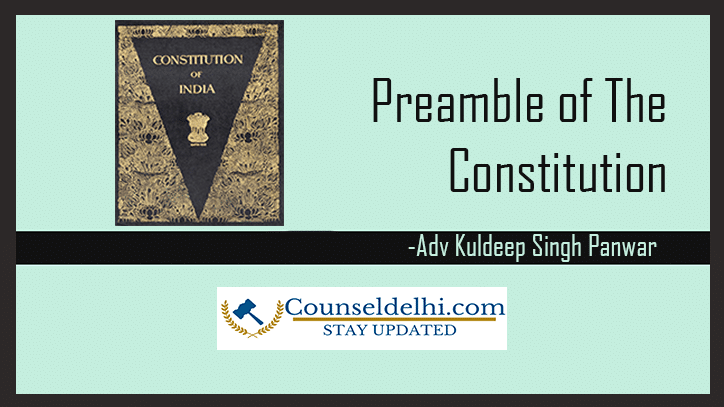The Supreme Court held that while the multiplier method applying in computing Motor Vehicle Accident compensation the future prospects on advancement in life and career must be taken considered.
A brief summary of matter: When Priya (Priya) was traveling from Chennai to Bangalore in a bus owned by the respondent State Corporation it ran into a stationary lorry. Priya got multiple injuries due to this accident. Priya was remained admitted for 8 months for treatment. The injuries to the Priya were grievous including fractures in the arms and legs and she suffered a disability of 31.1% of the whole body.
An FIR was registered against driver Subsequently, Priya filed a claim petition before the Motor Accident Claims Tribunal (“MACT”), under Section 166 of the Motor Vehicles Act, 1988 (“MV Act”) read with Rule 3(1) of the Tamil Nadu Motor Vehicles Accident Claims Tribunal Rules, 1989 and claiming compensation for injuries sustained in the accident.
The MACT held that the accident occurred due to the rash and negligent manner of driving of the bus driver of the bus owned by the respondent State Corporation and, thus, held the respondent liable to pay compensation to the Priya.
The total quantification of the compensation by the MACT was of Rs. 35,24,288/- payable by the respondent State Corporation along with interest @ 7.5% per annum from the date of petition till the date of realization with costs.
The respondent State Corporation filed an appeal against this order in The High Court, confirming the findings of the negligence of the bus driver, reduced the compensation to Rs. 25,00,000/- primarily on the ground that the multiplier method for quantifying loss of earning power has been wrongly applied as it had not come on record as to how the injuries suffered by the Priya would have a bearing on her earning capacity as a software engineer. The interest rate was sustained.
Priya approached the apex court and claimed that she is entitled to enhancement of compensation even over and above what was granted by the MACT and has quantified the same as Rs. 41,69,831/- under various heads along with claiming a revised interest rate @ 12% per annum.
Supreme Court has observed that there are three aspects that are required to be examined by us: (a) the application of multiplier.
The aforesaid increase of multiplier is sought on the basis of age of the Priya as 23 years relying on the judgment in National Insurance Company Limited v. Pranay Sethi and Others.
In para 42 of the said judgment, the Constitution Bench effectively affirmed the multiplier method to be used as mentioned in the table in the case of Sarla Verma (Smt) and Others. v. Delhi Transport Corporation and Another. In the age group of 15- 25 years, the multiplier has to be ’18’ along with factoring in the extent of disability.
The aforesaid position is not really disputed by learned counsel for the respondent-State Corporation and, thus, we come to the conclusion that the multiplier to be applied in the case of the Priya has to be ’18’ and not ’17’.
(b) Loss of earning capacity of the Priya with a permanent disability of 31.1% In respect of the aforesaid, the Priya has claimed compensation on what is stated to be the settled principle set out in Jagdish v. Mohan & Others3 and Sandeep Khanuja v. Atul Dande & Another.
(c) The third and the last aspect is the interest rate claimed as 12%
The apex court granted the appeal with providing Priya would be entitled to the compensation of Rs. 41,69,831/- as claimed along with simple interest at the rate of 9% per annum from the date of application till the date of payment.
Erudhaya Priya Vs. State Express Transport Corporation Ltd.
[Civil Appeal Nos. 2811-2812 of 2020 arising out of SLP (C) Nos. 8495-8496 of 2018]
Bench: [SANJAY KISHAN KAUL] J., [AJAY RASTOGI] J., [ANIRUDDHA BOSE] J.
JULY 27, 2020




